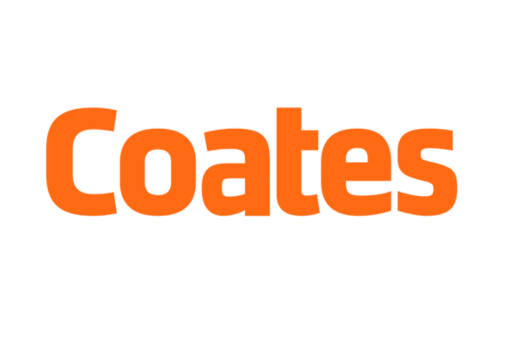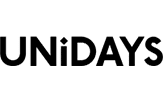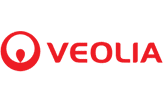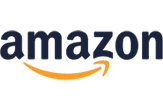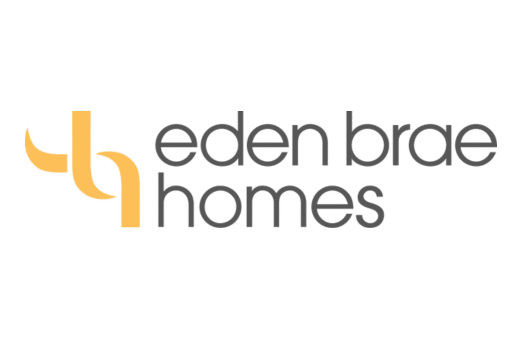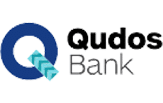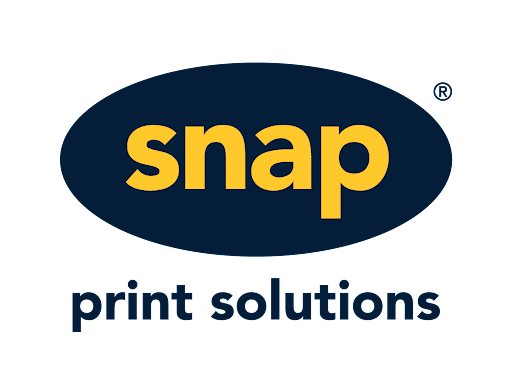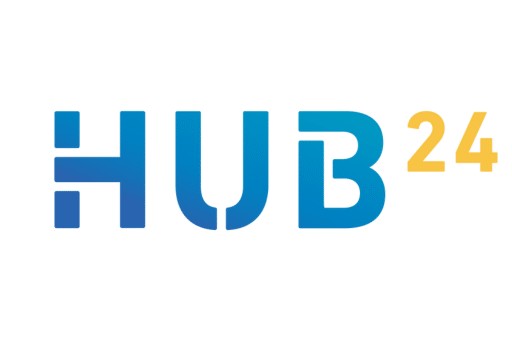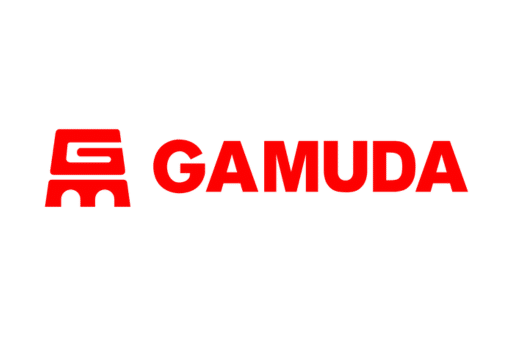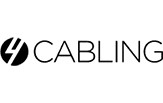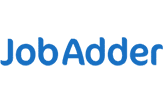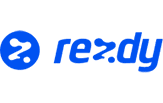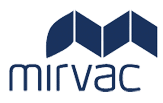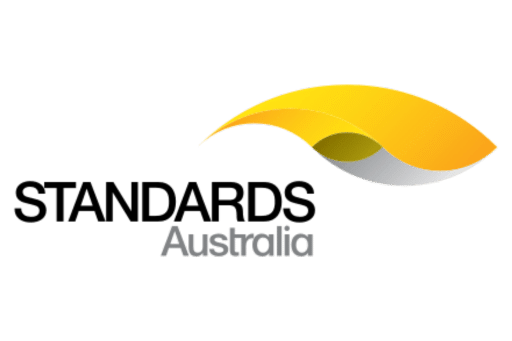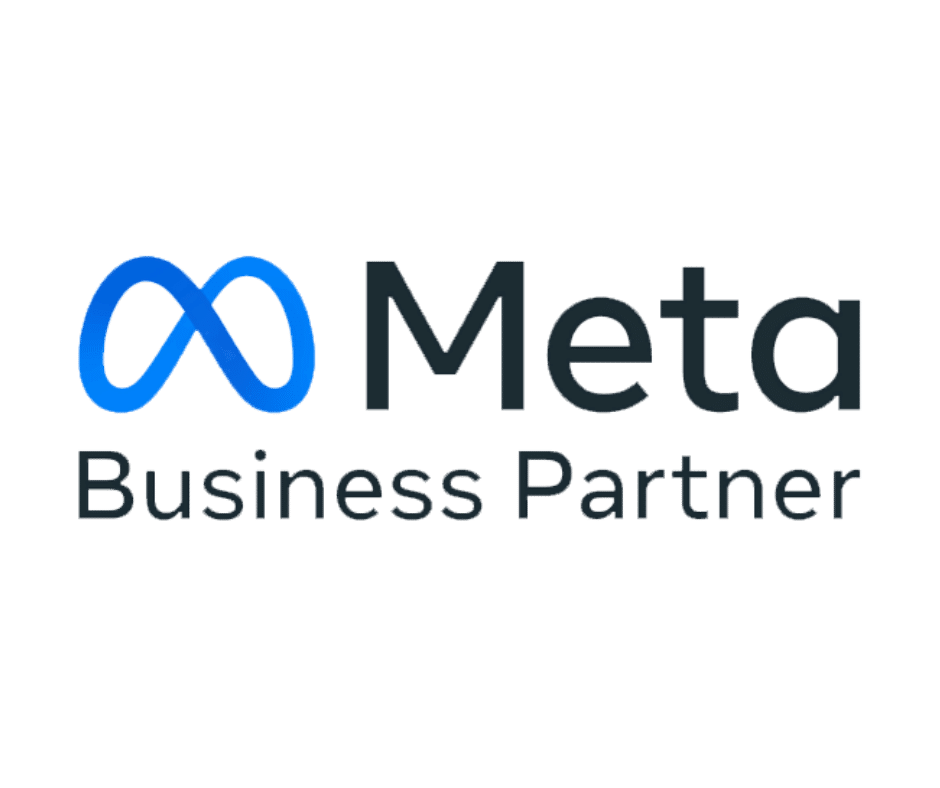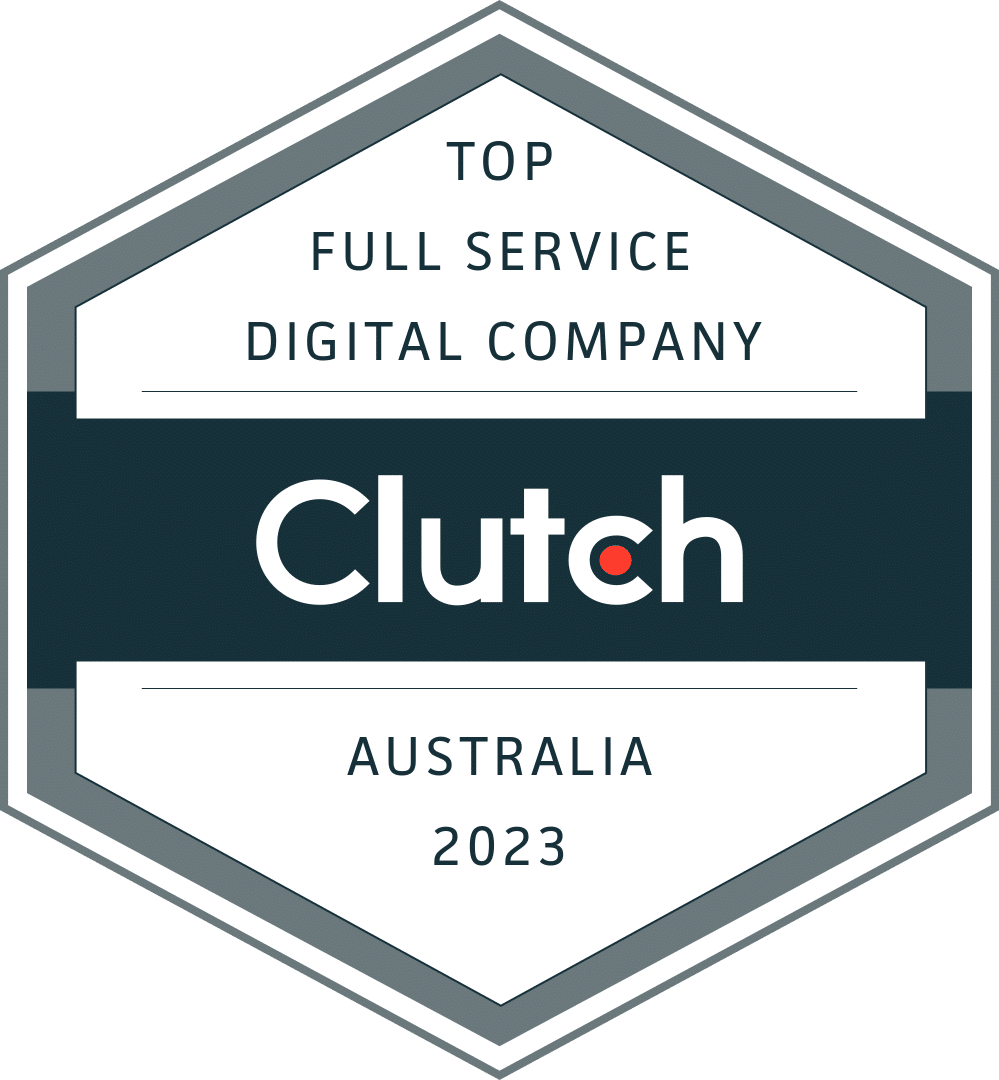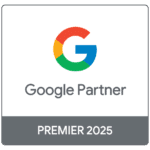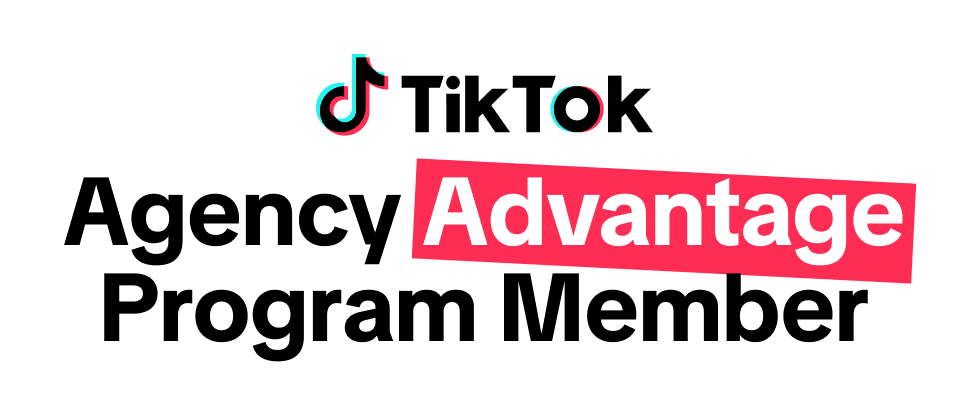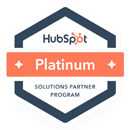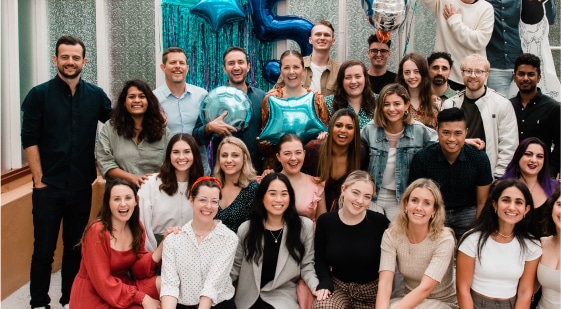LinkedIn Ads Audit: Trends to Watch and Mistakes to Fix Now
The LinkedIn Ads platform has evolved significantly over the past few years. New ad formats, improved targeting options and more sophisticated retargeting capabilities mean that what worked in 2023 won’t necessarily have the same impact in 2025.
And if your strategy hasn’t kept pace, you might be spending more than you need to or missing opportunities that are right in front of you.
At Rocket, we manage hundreds of paid LinkedIn ad campaigns for brands across SaaS, education, professional services, finance and more. Our paid media specialists shared the 8 most important questions you should ask to pressure-test your 2025 LinkedIn strategy.
This isn’t a technical checklist. It’s a strategic audit designed for in-house marketers who know LinkedIn is powerful, but are unsure if they’re making the most of it.
But before we jump into that, here’s a snapshot of the latest on LinkedIn.
LinkedIn Ads 2025 trends: What’s new and what’s different?
1. LinkedIn ads are still expensive, but the value has shifted
LinkedIn has never been cheap on a CPC or CPM basis and that hasn’t changed. But its value in 2025 comes from its ability to reach high-quality B2B audiences with increasing precision. Particularly with recent updates like work email validation, improved retargeting and more flexible creative formats, marketers are finally able to run full-funnel marketing campaigns, not just bottom-of-funnel lead capture.
2. Thought leader ads have changed the game
The rise of thought leader ads, which allow you to promote posts from individuals instead of just your company page, has meaningfully improved performance for brands willing to get personal. Engagement rates are significantly higher and CPCs are often lower as a result.
3. Authentic video is now central to performance
According to a study of 13,000 B2B Ads on LinkedIn, video ads now drive up to 30% higher view-through rates and are far more likely to spark conversation and shares compared to static formats. In 2025, short-form video that feels human, relevant and real is outperforming polished, brand-heavy creative. Brands that embrace fast, simple video storytelling, particularly from subject matter experts or customer-facing team members, are seeing stronger engagement throughout the funnel.
4. Retargeting is more powerful and underused
You can now segment audiences based on specific behaviours like how much of a video they watched, if they swiped through a document ad or whether they opened a lead form. This allows for more precise ad sequencing and stronger full-funnel thinking, something many marketers still aren't fully leveraging.
5. Predictive targeting is maturing, but needs careful monitoring
LinkedIn’s AI-powered predictive audiences (similar to lookalikes) are helping advertisers reach new prospects who resemble converters or website visitors. While powerful, these models require careful testing as they can broaden reach quickly but risk quality if left unmonitored. We recommend using them as a scaling tool, not a starting point.
6. Campaign planning now demands more integration
As it’s the case with all channels, sophisticated marketers are not treating LinkedIn as a silo in 2025, but as a key part of a multi-touch buyer journey. That means aligning campaign creative with other channels including Meta, Google Search Ads, Display Ads, YouTube Ads, email nurture and even offline follow-up. Marketers who treat LinkedIn as a sole single-click acquisition channel will likely struggle to see results.
The 2025 LinkedIn Ads audit: 6 questions to improve your LinkedIn Ads performance
1. Is your tracking setup accurate?
One of the most common issues we uncover in audits is misaligned tracking. Even sophisticated marketing teams are often surprised by how unreliable their data becomes once they compare GA4, the LinkedIn platform and their CRM.
Our paid media specialists recommend auditing:
- UTM structure across all campaigns
- LinkedIn Insight Tag firing and configuration
- GA4 goal setup and attribution views
- Differences in session source/medium classification
- How LinkedIn form fills are flowing into your CRM or sales pipeline
If your data sources contradict each other, you're likely optimising your campaigns against the wrong metrics.
2. Are you running a full-funnel strategy or skipping straight to conversion?
The biggest missed opportunity we see in LinkedIn Ads accounts is a lack of funnel strategy. The 95:5 rule reminds us that the majority of your B2B buyers aren't ready to purchase the moment they see your ad. Building a funnel that nurtures intent over time is essential.
A key part of that strategy is matching the right ad format to each stage of the funnel. If you're relying on a single format across every stage, especially static images or lead gen forms, you’re likely limiting your performance.
To increase relevance, reduce CPCs and CPLs and improve overall ROI, campaigns should reflect the user journey at both the audience and ad level. When your funnel strategy is aligned to buyer intent, performance improves across the board.
We recommend structuring both campaign and creative strategy around three clear stages:
- Top of funnel (TOF): Focus on identifying pain points, introducing new ideas or brand solutions and encouraging further exploration. Short-form video or document ads from subject matter experts work well here.
- Middle of funnel (MOF): Stay top of mind by reinforcing trust and differentiation. Use case studies, testimonials or webinar recaps delivered through carousel and thought leader ad formats.
- Bottom of funnel (BOF): Prompt action with a high-intent offer. Address objections directly, reinforce value and include social proof like client quotes or results. Add a clear CTA here.
Your lead generation strategy shouldn’t rely on a single interaction. Instead, build momentum by aligning your campaign structure to where your audience is in their journey.
3. Is your creative doing the heavy lifting?
Even the best targeting and funnel structure won’t work if your creative isn’t pulling its weight. Your ads need to reflect where the audience is in their decision-making journey. When creative aligns with the funnel stage, it boosts engagement, improves CTR and ultimately reduces both CPCs and CPLs.
We recommend leading with value, especially at the top of the funnel. Creative that showcases real people, especially your team members add to the authenticity of your campaign. That means educating, inspiring or helping your audience before you ask anything in return.
Creative should not only match the message, it should fit the moment:
- Video ads: Ideal for awareness and storytelling, especially face-to-camera
- Document ads: Great for tips, frameworks, or how-to guides
Carousel ads: Useful for visual storytelling or highlighting product features - Thought leader ads: Humanise your message and typically outperform company page content
Campaigns perform best when the creative is purpose-built for the audience it’s reaching, not just recycled across stages. Here’s a 9-Point Checklist to Audit and Improve Your Paid Social Ad Creative that our award-winning team uses.
4. Is your targeting broad enough to learn and specific enough to convert?
Targeting is one of the most important strategic levers in a successful LinkedIn Ads campaign. A strong campaign structure allows you to test and learn which audiences and targeting methods perform best at each stage of the funnel.
Campaigns should be structured to test what targeting combinations work best across the funnel.
- Firmographic variables: Industry, company size, geography
- Demographic and role-based: Job function, seniority, job title
- Behavioural and platform data: Website visitors, video viewers, post engagers
- Custom audiences: Customer lists, retargeting pools
- Predictive segments: Website visitor or conversion-based lookalikes
In most cases, layering multiple attributes such as job function, seniority and industry within a single campaign provides better control and reach. However, where budget allows, testing different audience strategies (e.g. job titles vs. lookalikes) in separate campaigns can surface valuable insights.
5. Are you using retargeting beyond website visitors?
Retargeting in 2025 isn’t just for people who visited your website. LinkedIn now allows you to retarget users based on:
- Video view thresholds (e.g. watched 25% or more)
- Document engagement (e.g. flipped through 3+ pages)
- Lead form opens (not just submissions)
- Post interactions (likes, comments, shares)
This means you can now treat in-platform engagement as a signal of interest and follow up accordingly. For example, if someone watched half of a 45-second video from your CEO, that’s a high-value signal. Retargeting them with a testimonial-led ad or event invitation is a logical next step.
6. Are your campaigns structured to test and learn?
Testing and optimisation on LinkedIn require clear structure. You can't test multiple creative formats (like video, single image or carousel) within a single campaign. If understanding which format works best is important, you'll need to set up separate campaigns for each type.
Likewise, combining too many audience segments or funnel stages in one campaign can make it difficult to understand what's really driving performance.
We recommend using campaign structure to test specific hypotheses:
- Which targeting combination delivers the highest-quality leads?
- Do thought leader ads drive better engagement than brand-led posts?
- Are document ads or short videos more effective in TOF?
When your campaigns are structured to test and learn, optimisation becomes proactive rather than reactive.
LinkedIn Ads success isn’t always about doing more. It’s about doing it better.
The marketers who are getting results from LinkedIn in 2025 aren’t necessarily throwing more budget at it. They’re applying structure, sequencing and strategy and measuring the right outcomes.
If your results feel flat or your current digital agency isn’t giving you clear direction, it might be time for a fresh perspective.
At Rocket, we’ve managed LinkedIn Ads across dozens of verticals. We know what works and what’s wasting your budget.
Want to improve performance or run a professional audit of your current LinkedIn Ads account? Let’s talk. We’d be happy to help.
About the Author

Eshita is the Head of Marketing at Rocket Agency. She is also the Email Strategist for client projects. Eshita has been a finalist at the B&T Women In Media awards in the marketing category for her success in scaling Rocket’s own marketing efforts.
Previously, Eshita was the Marketing Manager at SalesITV where she was responsible for executing the marketing strategy and operations focused on lead generation, lead nurturing and sales conversion for a training business offering a saas product.
She has in-depth experience in monetising owned media channels via email, CRM, copywriting, public relations, as well as scaling and running successful online webinars. What’s more, Eshita’s experience working closely with sales teams has enhanced her skillset as a proficient marketer that achieves impressive results.

